Alumni are precious for any student organization, but maintaining alumni relations is tough when student leadership changes constantly – and of course, the alumni are moving constantly too. How can we combine up-to-date, public information (i.e. LinkedIn) with the historical information that connects alumni with the organization?
This semester, I finally took a crack at solving this with a Delta Sigma Pi Roster.
What exactly did I create?
Part I: The Roster
With data on 300+ members, the roster answers the core question of connecting up-to-date information with historical. I’ve integrated LinkedIn with the key information that a member of ∆ΣΠ would want to know: pledge semester, graduation semester, big bro, and family. (See “The Family Trees” below.)
In other words – if you’re a member of ∆ΣΠ, you can instantly find out:
- Who was in that Fall 2010 pledge class again?
- Which members are graduating this year? How many freshmen do we have?
- Which alumni are currently working in the industry you’re curious about?
- What cities are those alumni in? Which ones are nearby, or where you want to be?
- How are you uniquely connected to them through ∆ΣΠ? Are they in your family?
- Do you know anyone they pledged with? Anyone who was at USC at the same time?
Part II: The Family Trees
Like many Greek organizations, ∆ΣΠ has a “family” system where Big Bro / Little Bro relationships can be organized into sets of family trees. Our Chapter previously mapped out these relationships in a scrapbook, but it hadn’t been updated in 3 years. With scrapbook in hand and the collective memory of my peers, I had enough to reconstruct them dynamically.
This was probably my favorite part of the project. As an excessively proud member of the “Big Four” family, it was really fun to be able to visualize my “family history” (shown above), as well as others.
Part III: The Map
As a finishing touch, I created a map that shows the global coverage of our Chapter’s membership. From Korea to Madagasgar, we are everywhere! By clicking any pin, you can also see exactly who is there.
Given more time, the map is where I would continue development. I’d implement a more dynamic map that re-plots the location pins based on searches – exactly the same way that searching the roster works, except shown visually on the map. I think the added functionality would be fairly straightforward – but I always think that before I start writing the code. Nevertheless, I’m proud of this feature.
There are many other smaller features – login for administrative functions, membership permissions, autocomplete when selecting big bros, mass editing, etc. – but the main points are summarized above.
To be honest, now that I’ve built the site… I’m extremely happy with the results and I had a lot of fun creating it, but I realize its limitations. There is significant work to be done before it’s robust enough to be managed by someone without any database knowledge. Moreover, there is potential for increased functionality by integrating something like Facebook (which I actually started, but then found that LinkedIn covered enough to meet my basic requirements).
As a whole, however, this was a fantastic project to serve as the capstone for my learning in two classes: Patrick Dent’s ITP 300 (Database Web Development) and David Tang’s ITP 404 (Web Services & APIs). Patrick also taught me in ITP 301 (Interactive Web Development). I’m incredibly thankful for both of these teachers. Between the two of them, I’ve learned CSS, Javascript, jQuery, PHP, mySQL, and a number of other coding concepts like AJAX, MVC frameworks, and more.
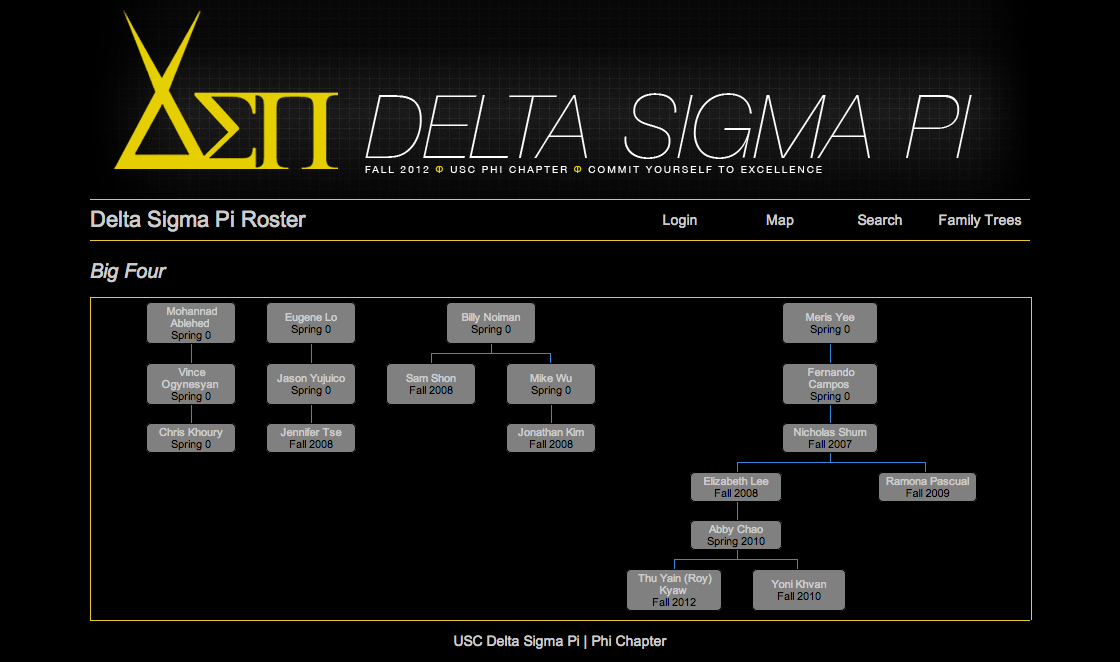
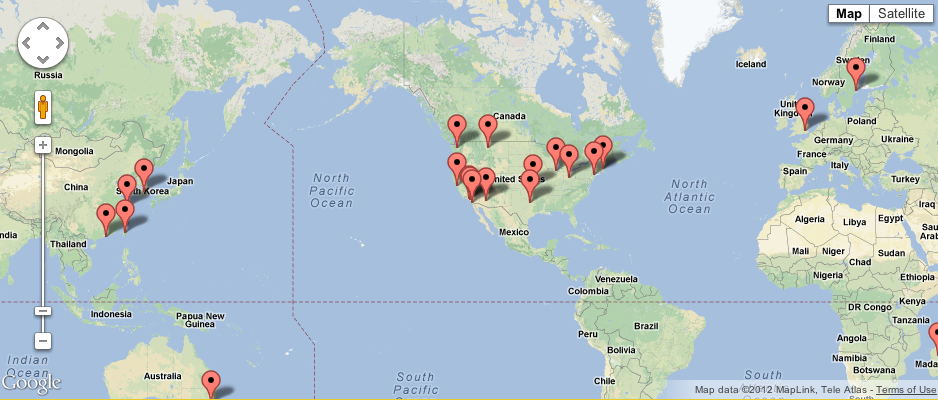


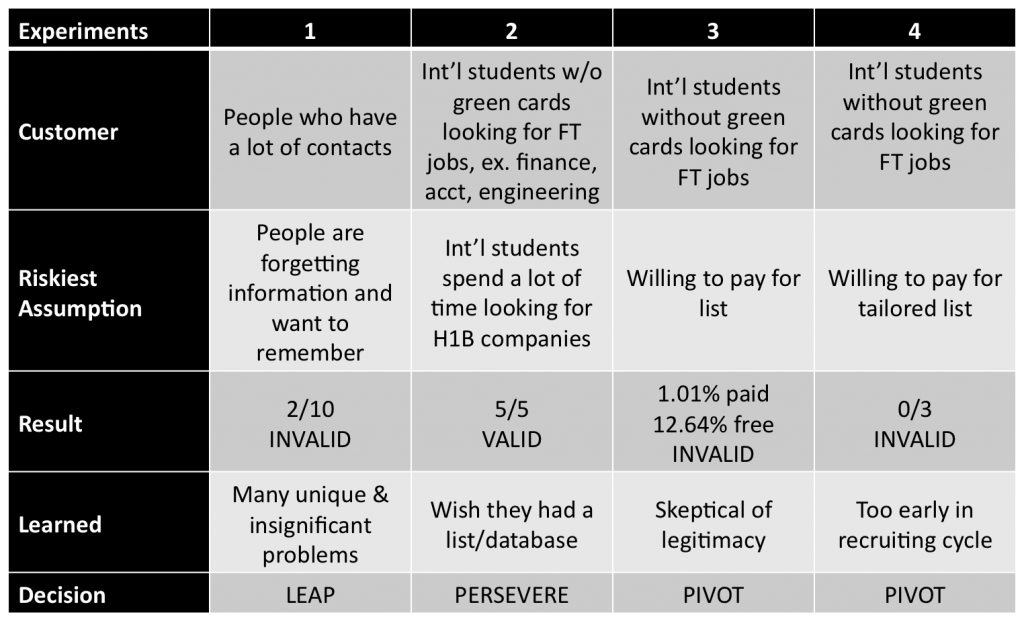
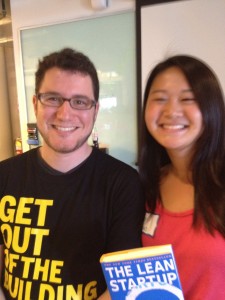




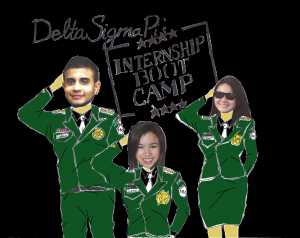
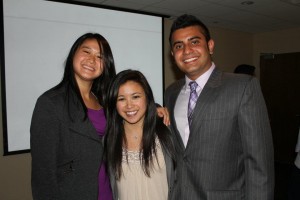


 Telebasica is one wonderful example of how technology is distributing education, but there is more change to come. Several weeks ago, I attended an event with X-Prize CEO Peter Diamandis where he mentioned one of the latest
Telebasica is one wonderful example of how technology is distributing education, but there is more change to come. Several weeks ago, I attended an event with X-Prize CEO Peter Diamandis where he mentioned one of the latest 

